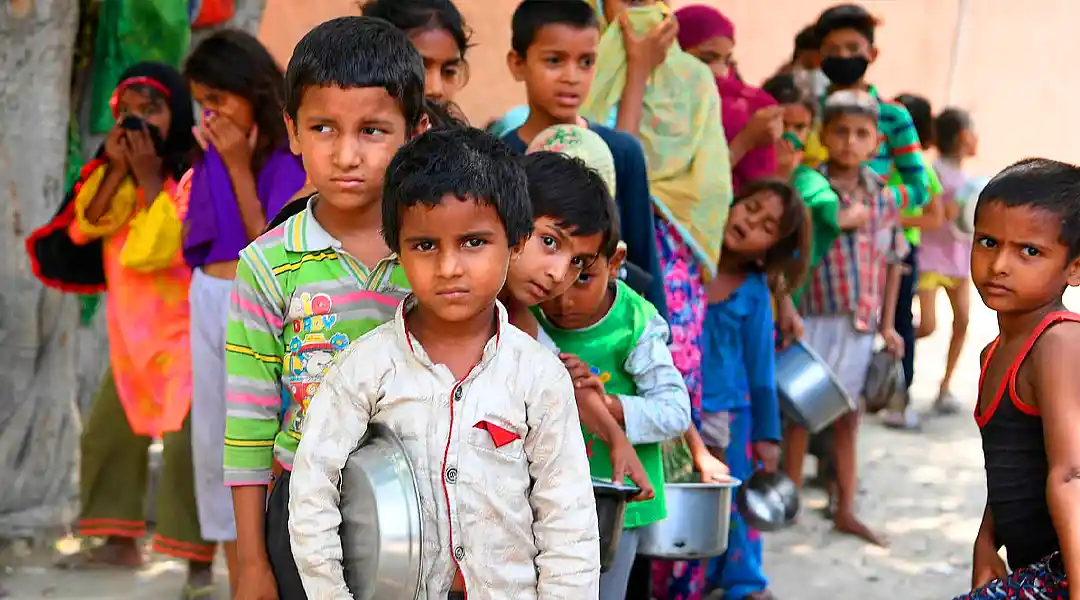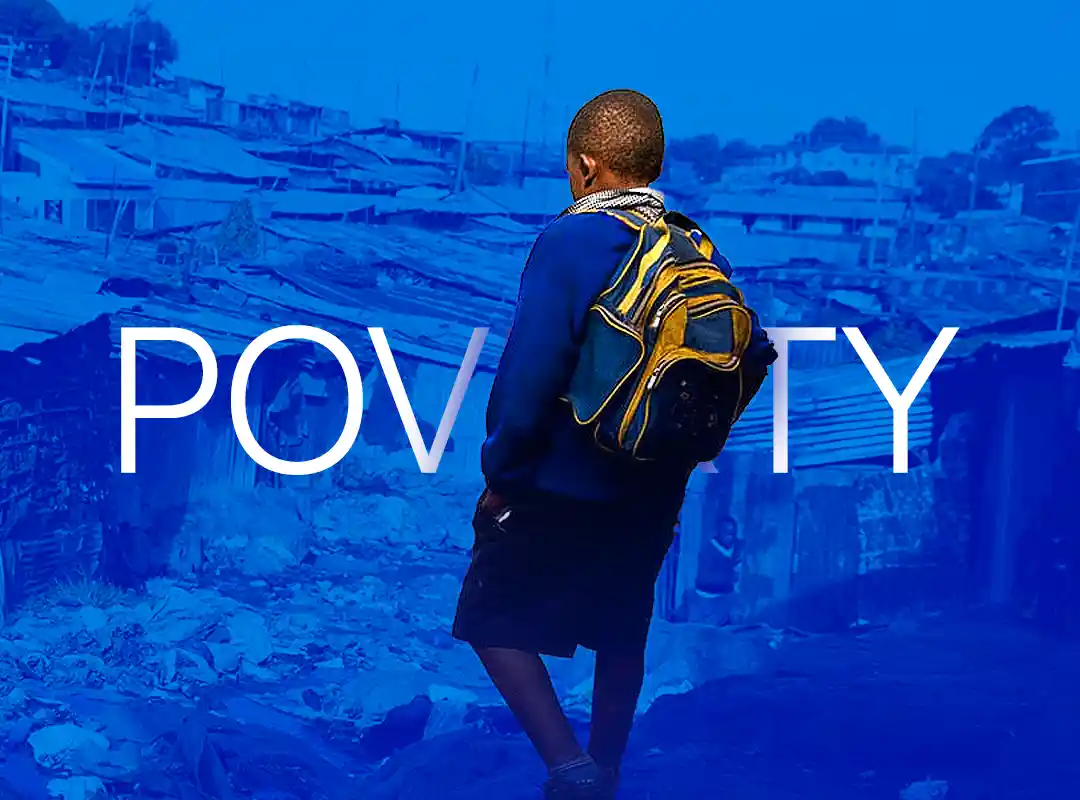Around 53,407,032 people in Bangladesh are under the age of 18 and out of 5 children, one is fighting for life against climate change and poverty. More than one crore of children in Bangladesh are reported to be bearing this massive weight, according to a report made by researchers from Vrije Universiteit Brussel and Save the Children: an international charity organization. By collaborating with students and youth climate organizations, Save the Children develops the next generation of climate leaders who will be better able to address the vulnerability of children to upcoming climate shocks.
The World Bank predicts that 20 million people—about 40 percent of whom are children—will be internal migrants in Bangladesh by 2050, according to Mostak Hossain, humanitarian director of Save the Children Bangladesh. According to the research, there are over 350 million children in Asia who are affected by both extreme poverty and the effects of climate change. He mentioned how these children remain vulnerable in these situations due to our strategies in the planning process in our National Adaptation Plan, but it is a good thing that it is recognized that these children are among the most vulnerable groups.

The frequency and severity of humanitarian and cost of living crises are expected to worsen, Save the Children warned, if the climate and inequality crises are not addressed urgently. Save the Children calculated the proportion of children affected by poverty and climate change in 1,925 sub-national regions across 159 nations, accounting for 98% of the world’s child population, in order to estimate the number of children affected by the dual catastrophe.
Children from higher income countries make up a sizable portion of the 121 million children who face the dual threat of extreme poverty and climatic risk, with 28 million of them residing in the most developed nations. 12.3 million of these kids, or more than two out of every five, reside in the US or the UK. According to the reports created, South Sudan has the highest number of children affected (87%) followed by Mozambique (80%) and the Central African Republic (85%). India, with up to 223 million children, has the highest percentage of children who are both poor and are suffering the most from the climate catastrophe. With 58 million and 36 million children, respectively, living with this double burden, Nigeria and Ethiopia are next.
Save the Children CEO Inger Ashing stated how inequalities around the world are escalating the climate emergency and its effects, particularly for children and low-income households. She mentioned that leaders should keep children’s rights and voices in the forefront of their minds as they get ready to fly to the COP27 and G20 meetings. They must achieve high goals while making sure the youth have meaningful and safe methods to participate in the decision-making process. She added that in order to unlock funding for the nations that are trying to safeguard children from its effects, the world’s richest nations—whose historical emissions have been a major contributor to the climate and inequality crises—must take the lead. Fixing the global debt relief system and finance for climate change are part of this, in particular.




